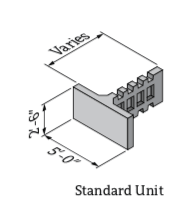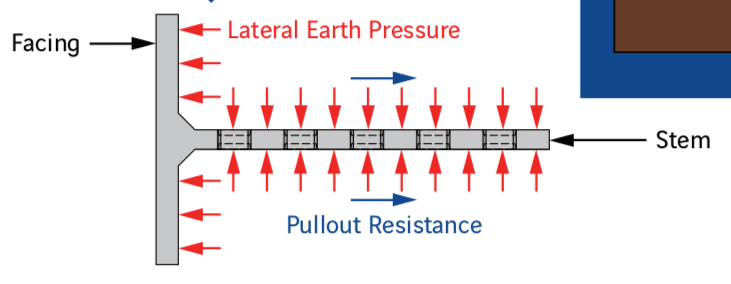Guest090822
Structural
Does anyone know of a good resource that covers the design/analysis of T-walls?
Here are a few screen shots since I know the first things engineers need is a sketch![[bigsmile] [bigsmile] [bigsmile]](/data/assets/smilies/bigsmile.gif) :
:


Here are a few screen shots since I know the first things engineers need is a sketch
![[bigsmile] [bigsmile] [bigsmile]](/data/assets/smilies/bigsmile.gif) :
:

